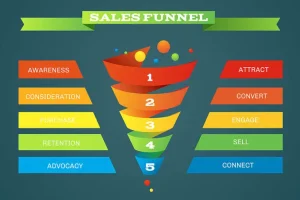
The marketing environment encompasses factors that affect a business’ ability to successfully market a product or service. These forces and actors can be opportunities, threats, and indicators of changes in conditions. The environment can also influence marketing activities, so it’s critical for marketing managers to stay informed and aware of the surrounding factors. The following are some common examples of the marketing environment. What can it do to your business? How can you take advantage of it?
Customers are an important part of the marketing environment. Customers are always changing and organizations should implement appropriate information gathering systems to meet their needs. To succeed, organizations should focus on offering superior customer value and satisfaction. They should also take into account the public as this group may affect their business. This broad environment includes the social, political, legal, and technological forces that impact marketing. All of these elements affect the organisation’s ability to meet customer needs. It is important to stay current on the changing demands of customers and other stakeholders in order to meet their needs.
The marketing environment is ever-changing, with some of the constituents being controllable. However, the forces that influence the environment are unpredictable and difficult to predict. It’s important for marketing managers to continually monitor and respond to changes in the macro world in order to keep up with the changing market. These forces can make or break a firm’s success, so it’s important to stay informed of changing market conditions. So, what do you need to stay ahead of the competition?
Information is the cornerstone of marketing. Whether it’s consumer behavior, competition, or other factors, information is vital in marketing. This information is obtained through marketing research, secondary sources, and empirical surveys. Often, customer surveys and interviews are required to gather information. This information will guide marketing decisions. This information will also help you develop action plans and create marketing functions. The information you collect will greatly impact how you create and implement your marketing strategy.
The marketing environment consists of both external and internal factors. An internal environment includes factors within the firm itself. These factors may influence the marketing decisions of an organization and its relationships with its customers. These factors can be controlled or uncontrolled by the firm. External factors, on the other hand, include government regulations, technological advances, and competitive forces. In addition to the external factors, there are other factors that can affect your organization’s marketing efforts. It’s essential to consider the entire marketing environment when planning for your company’s future.
The micro environment consists of the company, market channel firms, and customer markets. Marketing production includes the staff and assets that support the marketing process. Finally, the marketer’s goal is to provide a return on investment to the shareholders. Whether the company is focused on the internal or external environment, its marketing activities must be aligned with the firm’s objectives. If a company fails to produce revenue or profit, its shareholders may be dissatisfied.








